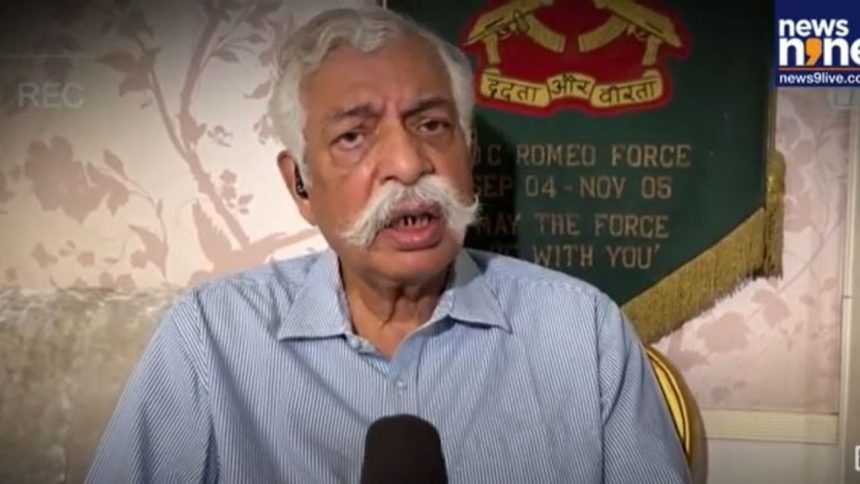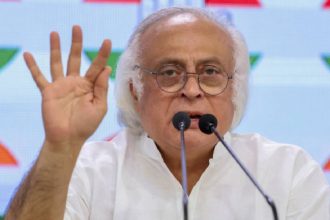New Delhi: The recent Pahalgam terror attack, resulting in significant loss of life, has dramatically escalated tensions between India and Pakistan. Retired Major General GD Bakshi, in a recent statement, voiced strong condemnation of Pakistan, highlighting the attack as a grave provocation. He argued that the signs of impending conflict are evident. His analysis focuses on the military preparedness of both nations, specifically pointing out India’s significant advantages.
Gen. Bakshi emphasised the freedom given to Indias three service chiefs—Army, Navy, and Air Force—to determine their responses to any potential aggression. He drew a parallel to Indira Gandhis approach during the 1971 war, where similar autonomy was granted to Field Marshal Sam Manekshaw and the service chiefs, resulting in a swift and decisive victory for India. This, he suggested, underlines a robust and capable leadership structure.
He detailed the substantial improvements in India’s air defence capabilities. The deployment of the S-400 Triumph surface-to-air missile system, with a range of up to 400 kilometres, provides a significant defensive advantage. This, coupled with the Rafale fighter jets and their Meteor beyond-visual-range missiles, creates a powerful deterrent. He further mentioned the Astra series of missiles, adding to India’s considerable striking power.
In contrast, Gen. Bakshi highlighted the limitations of Pakistan’s military assets. He specifically mentioned the shorter range of Pakistan’s JF-17 fighter jets and their radar systems, limiting their effectiveness against India’s advanced weaponry. He noted Pakistan’s relocation of its F-16s to Pasni airfield, suggesting an attempt to keep them outside the range of the S-400s. He also questioned the effectiveness of any PL-15 missiles supplied by China, citing their reduced range compared to their original Chinese counterparts.
Gen. Bakshis’ comments reflect a growing sentiment within India calling for a firm response to Pakistan’s actions. While the exact nature of any potential conflict remains uncertain, his analysis underscores the significant military disparity and India’s improved preparedness for a potential confrontation. The situation continues to demand close monitoring, given the sensitive geopolitical climate and the potential for further escalation.










